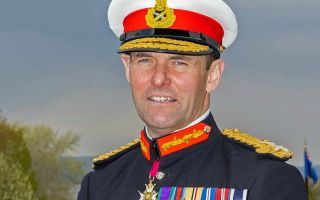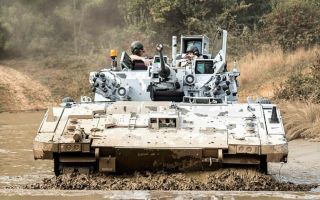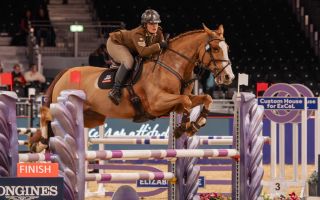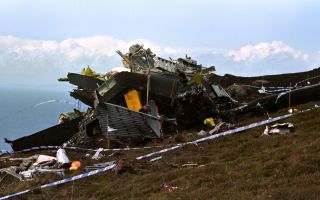King Charles played a 'crucial' Cold War role to keep Soviets at bay, former Navy chief says
A former First Sea Lord has shared details of the "crucial" role King Charles played in keeping Soviet threats away from the UK coastline during his time in the Royal Navy at the height of the Cold War.
Admiral Lord West, former First Sea Lord and Chief of the Naval Staff, spoke to Forces News about the King's role piloting helicopters and commanding naval vessels, during His Majesty's five years of service in the Royal Navy.
Lord West told how His Majesty served in the Navy during the Cold War, saying the role played by the then Prince Charles helped to display the UK's capability at the height of the tensions, adding that the prince would have been acutely aware that a conflict with the Soviet Union could have been sparked at any moment.
- King Charles III: A look at the Commander-in-Chief's time in the forces
- Military's new Commander-in-Chief King Charles III vows to serve with 'loyalty, respect and love'
- Queen Elizabeth II: The Armed Forces' Commander-in-Chief remembered
The retired Admiral told Forces News: "If there had been a war with the Soviet Union, we knew the Soviets had thousands of mines and they would have used them prolifically.
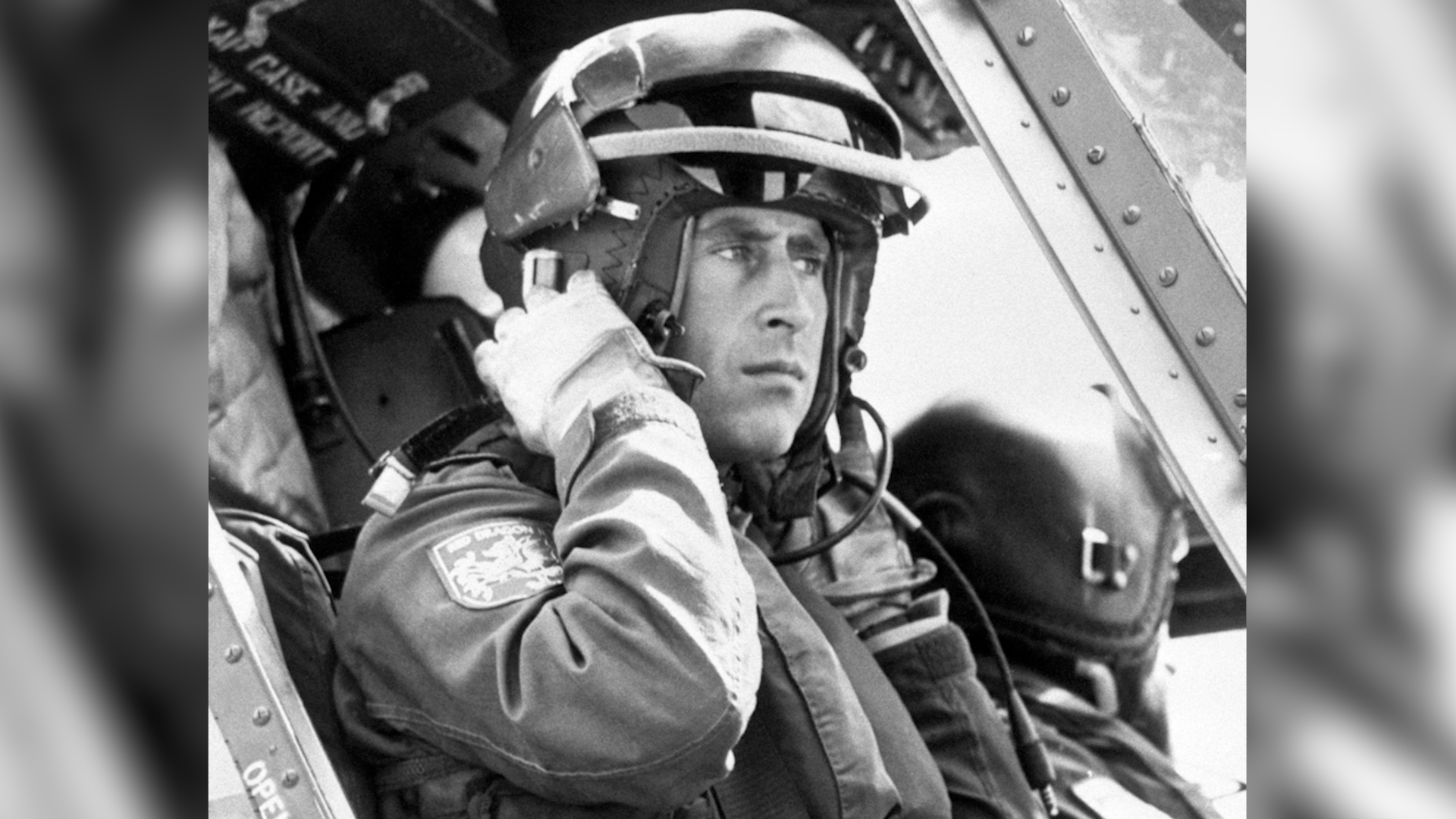
"And to keep the routes open into our ports, bearing in mind 95% of all the goods coming to this country come in by sea, they could only be kept open if we could keep the seabed clear and keep it clear of mines.
"And so these little tiny ships were really, really important. What Prince Charles was doing, even that tiny role, this was crucial stuff to show a capability that we had.
"And these were things the Soviets thought about because they had plans to invade Western Europe. I saw them as Chief of Defence Intelligence after the collapse of the Soviet Union.
"They had plans to do it, but they didn't do it because they thought we were too capable and they would not necessarily have won quickly."

From prince to monarch, King Charles III has continued to maintain a close relationship with the Armed Forces, serving in both the Royal Navy and Royal Air Force before going on to become the Commander-in-Chief of the UK Armed Forces following the death of his mother, Queen Elizabeth II, in September 2022.
As the nation marks his coronation, with more than 6,000 Army, Royal Navy and Royal Air Force personnel involved in the occasion, the former First Sea Lord spoke to Forces News about the start of the King's military career.
A year after passing out of RAF Cranwell, Prince Charles embarked on a career in the Royal Navy, following in the footsteps of his father, grandfather and both great-grandfathers.
Following a six-week course at Britannia Royal Naval College Dartmouth, he spent time serving on the guided missile destroyer HMS Norfolk and two frigates – HMS Minerva and HMS Jupiter.
Former First Sea Lord Admiral Lord West recalled: "The Norfolk that he joined was a lovely, guided missile destroyer.
"When the Cold War was going on and ships were operating up north of Iceland and the Soviets were out there at sea, you continually came across them."
In 1974, the future King qualified as a helicopter pilot, flying Wessex V helicopters – first in training with 707 Naval Air Squadron and then with 845 Naval Air Squadron on the commando aircraft carrier HMS Hermes.
Lord West said: "He loved flying as, indeed, all the Royal Family seemed to love flying.
"The Wessex was a very good, sturdy workhorse. He would have gone onto the flight deck, you know, in those days we used to send sticks of commandos. Hermes had converted to a commando carrier and when we had an amphibious assault, the commandos did this airborne assault from helicopters.
"Basically, a company lift of helicopters was required to get one company in very quickly to establish an airhead and bridgehead."

The former First Sea Lord explained that the future King had somewhat of a following on board.
He explained: "We had a bit of a problem. There was always a bit of a queue of marines who wanted to go in his helicopter because, even though they wouldn't say so, there's no doubt whatsoever it was absolutely better maintained than any other helicopter on board, which I could understand."
"You had to get down really quickly, get them out, get up again, back to the ship, land on one of the spots, and so on.
"It was, you know, very active, and they're called junglies – the pilots who do that – I know that Prince Charles enjoyed being a junglie because he found that exciting."
In February 1976, the then Prince of Wales took command of the Ton-class coastal minesweeper HMS Bronington.
Despite leaving the military nine months after taking command of HMS Bronington, the King continued to work closely with the Armed Forces.
In 2012, Queen Elizabeth II awarded him the highest rank in all three services – Field Marshal, Admiral of the Fleet and Marshal of the Royal Air Force, with him now taking the title of Commander-in-Chief, a position vested in the British monarch, as head of state and head of the Armed Forces.


